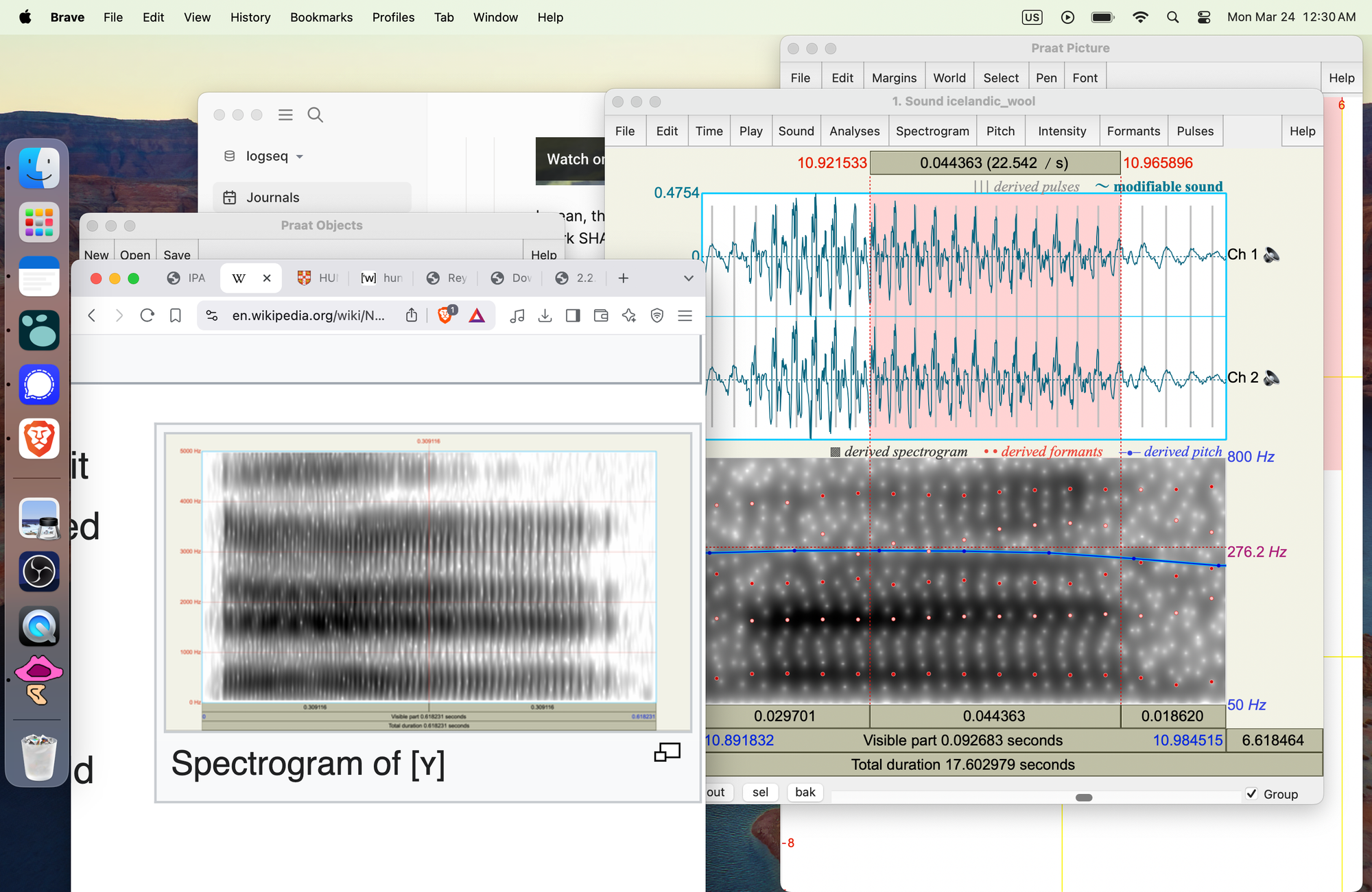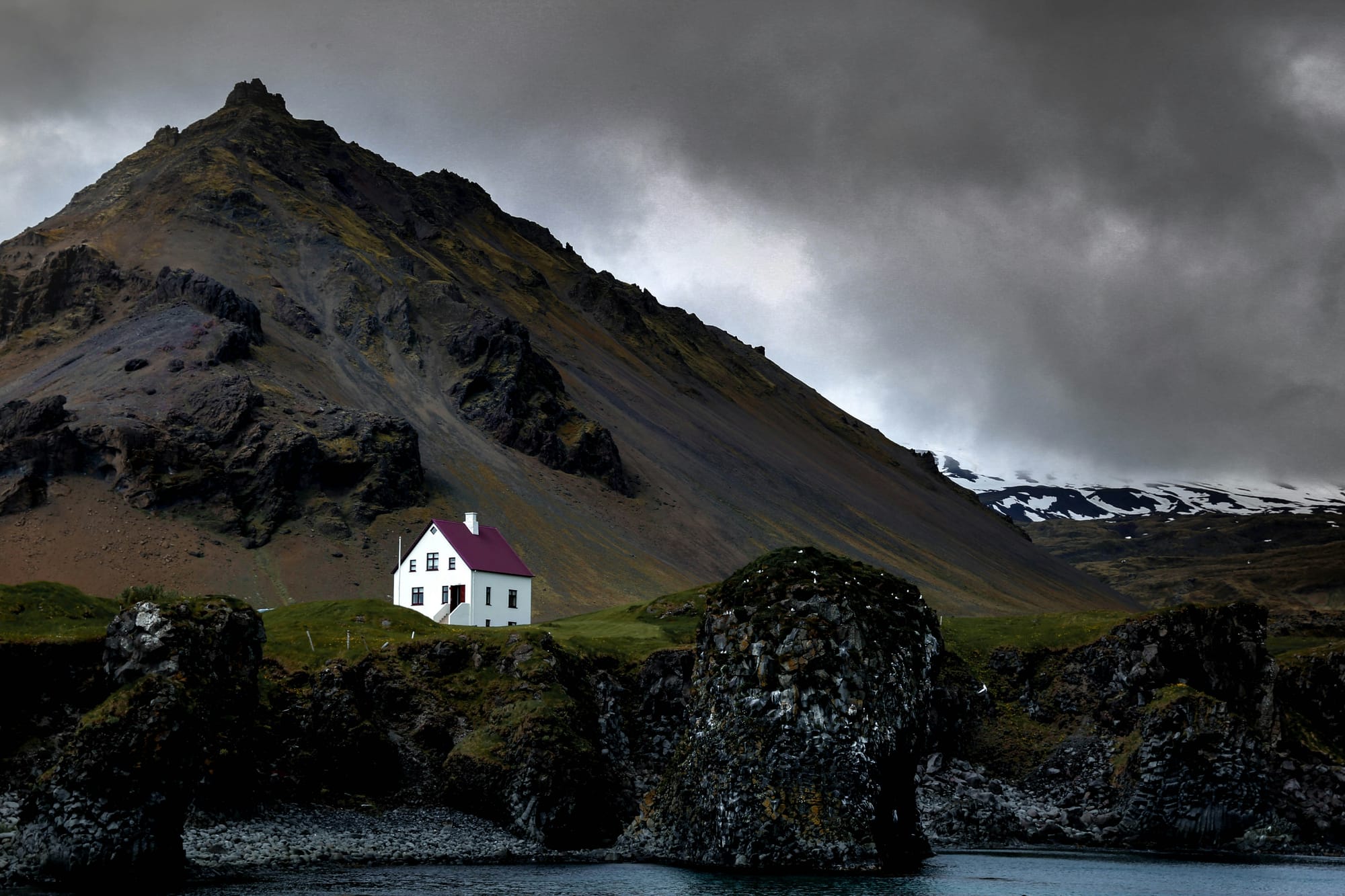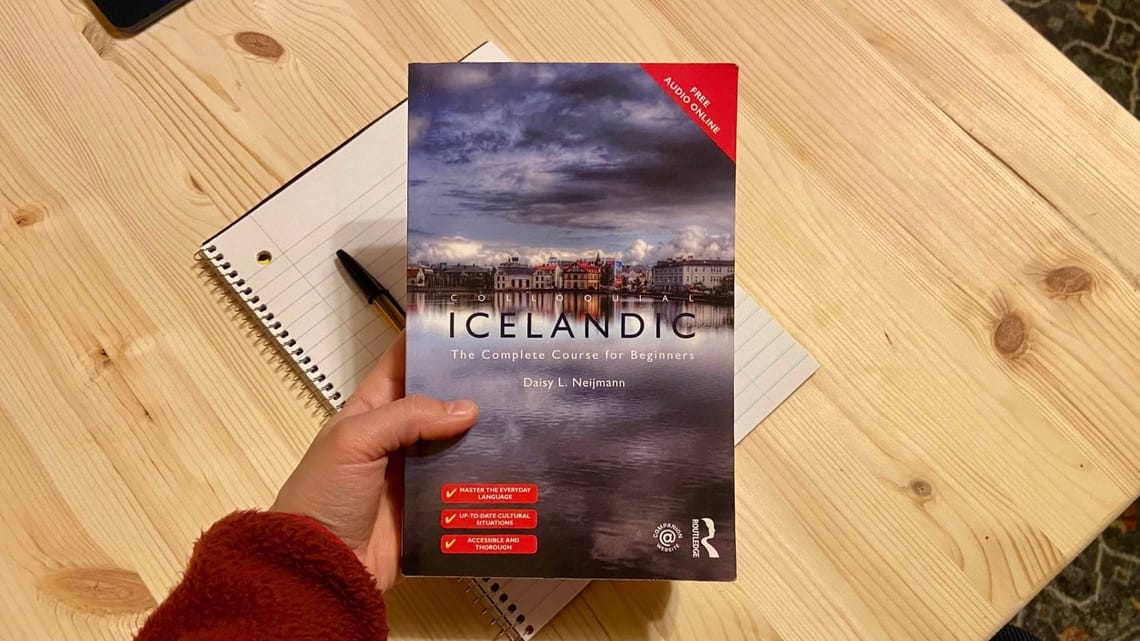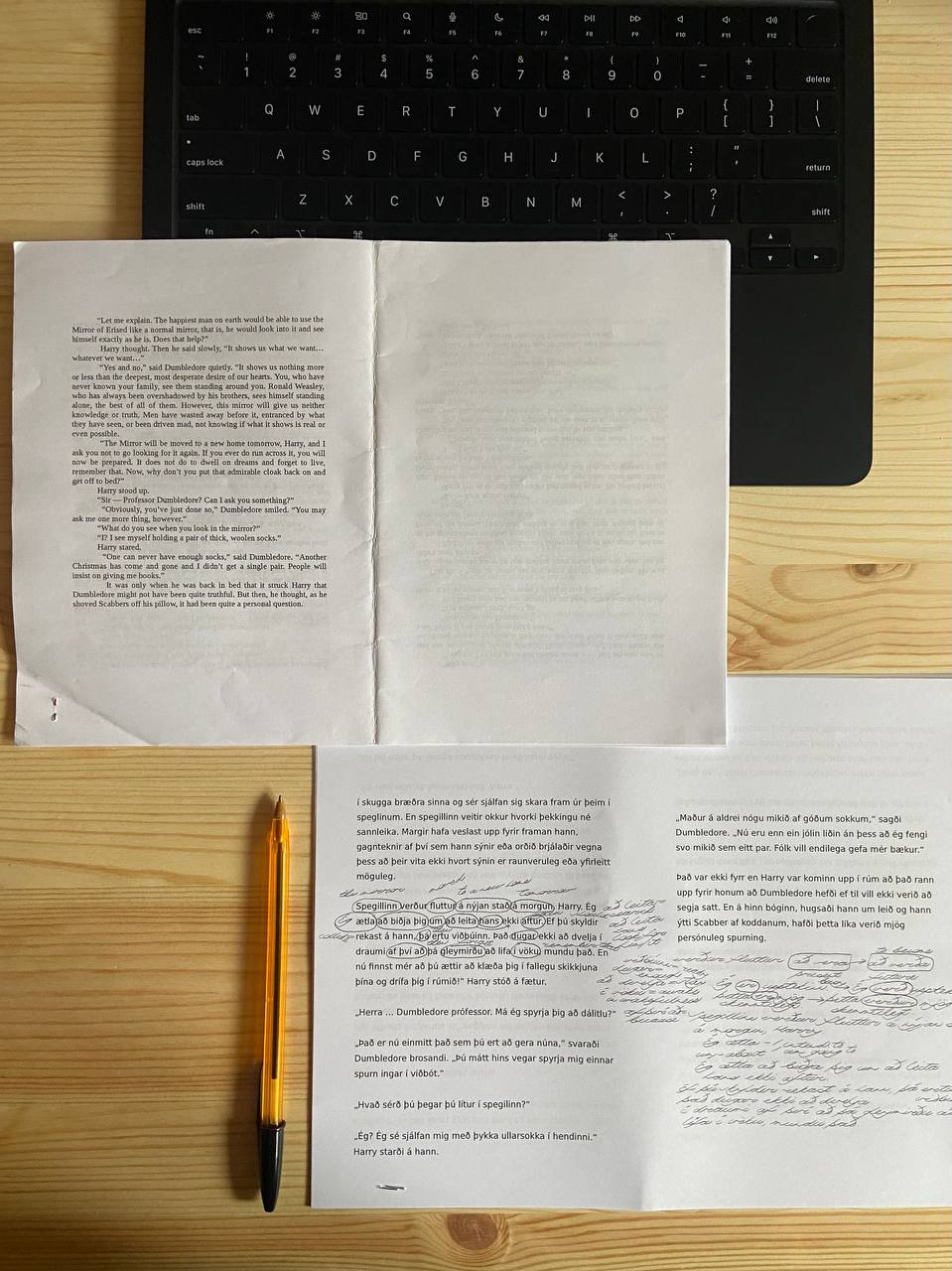I actively hate myself for having forgotten where I'd heard this piece of advice: try to listen to the person's accent in English and you'll understand the pronunciation of their own language.
It does work!
Yesterday, I was in a meh mood (classic) so my husband put this Rick Steves' video on Iceland to cheer me up. Bless him.
At first, I was moderately happy ('Yay, Reykjavík!'). Ten minutes later, I felt extreme elation: there is nothing better for me than a foreign accent, especially when I can understand its origins.
And I did! 😋
Let's listen together to Saga Líf Friðriksdóttir from Viking Women, an Icelandic travel agency, who was featured in that YouTube video—and who has a balm-for-the-soul Icelandic accent in English.
Can you guess what stands behind it? 😉
Example 1—ProHPer Icelandic Sheep Wool!
Time code: 12:15 but should start automatically.
[2] Well, I guess because they've been roaming freely in Iceland since eight hundred seventy-four.
[3] They know how to deal with rough Icelandic weather, and they give us the perfect clothing for that.
- Pre-aspiration
- Proper [1]
In Icelandic, /p/ is pre-aspirated
- before /l/, /m/, /n/ and
- before <gg> (the LETTERS, not the sounds).
- That [3]
Same for <t>:
- Before /l/, /m/, /n/
- Before <tt>
And, even though there is no example of it in the audio, /k/ follows the same pattern.
- Stress on the first syllable
- Icelandic [1]
I liked the ICElandic instead of IceLANdic. 😃
- Light /l/'s
- Wool [1]
- Well [2]
Roughly speaking, in English, there are two types of l: light/clear /l/ and dark /l/ ([ɫ]).
(In General American, all l's tend to be dark, while in British English, l's are mostly clear, the dark l's appearing at the end of the word.)
In Icelandic, there is no such opposition. Everything is light and bright. ✨
- Dental /t/
- Hundred [2]
In English, t's and d's are usually alveolar (let's forget about allophones for now). In Icelandic, on the other hand, t's and d's are dental: please welcome t̪ and d̪!
(I haven't included the vowels into the analysis, but that was tough.
Still, if you're interested, the second vowel is ʏ. I suppose it's the direct borrowing from the Icelandic 'hundred' in plural: /ˈhʏntrʏð/.)

- Voiceless /d/ and /g/ at the beginning
- Deal [3]
- Give [3]
When I realized that there are no /b/, /d/, /g/ sounds in Icelandic, my life instantly became easier.
/b/, /d/, /g/ NOPE.
/p/, /t/, /k/ YEP.
I won't go into details this time, but at the beginning, the letter g will be realized as unaspirated palatal /c/ or unaspirated velar /k/. (No voiced g!) The letter d, in its turn, will be realized as unaspirated t.
- Taps and trills
- Rough [3]
- Perfect [3]
- For that [3]
I presume it's quite clear?
- Voiceless /r/ at the end
- Weather [3]
In Icelandic, /r/ is slightly devoiced at the end of the word, when nothing follows.
- Icelandic intonation in the phrase [2].
Funny and beautiful. :)
Example 2—The Famous Greenland ShaRK
Time code: 13:09
[2] Fermented shark, yeah. Because if you would eat the shark straight away, you know, when it's fresh, you would die, unfortunately.
[3] Yes, it is toxic.
[4] So, you chop it in pieces, you bury it in the ground for some time, and then hang it up, and you get rid of the ammonia, or, like, the urine, basically, which is the toxins.
- Voiceless /r/
- Shark [1]
In Icelandic, /r/ is voiceless [r̥] before /p/, /t/, /k/.
- /ʃ/ → /s/
- Shark [2]
- Fresh [2]
Ah, this is THE feature! I hear the /s/ realization of almost every time I listen to an English-speaking Icelander. /ʃ/ just doesn't exist in Icelandic!
- Dental /d/
- Die [2]
You already know about this one 😎
(I mean, the dental consonant.)
- Pre-aspiration
- Chop [4]
Same 🙂
- Dental /t/
- Time [4]
This one is much clearer than the dental /t/ from 'hundred'.
- /tʃ/ → /ts/
- Which [4]
Once again, no /ʃ/!
See how much you can learn from two short clips that aren't even in Icelandic!
I absolutely enjoyed creating this post for you. Hope you liked it!
If you want to receive new publications directly to your inbox, this form is for you.
Takk og bless!




